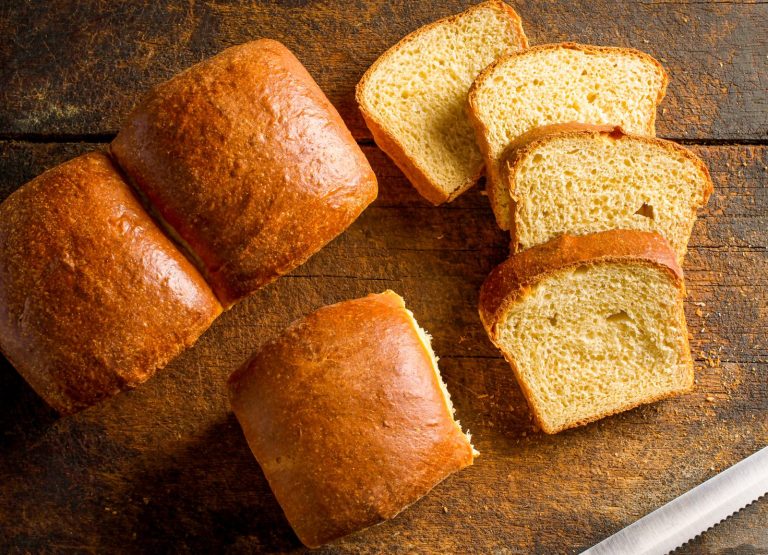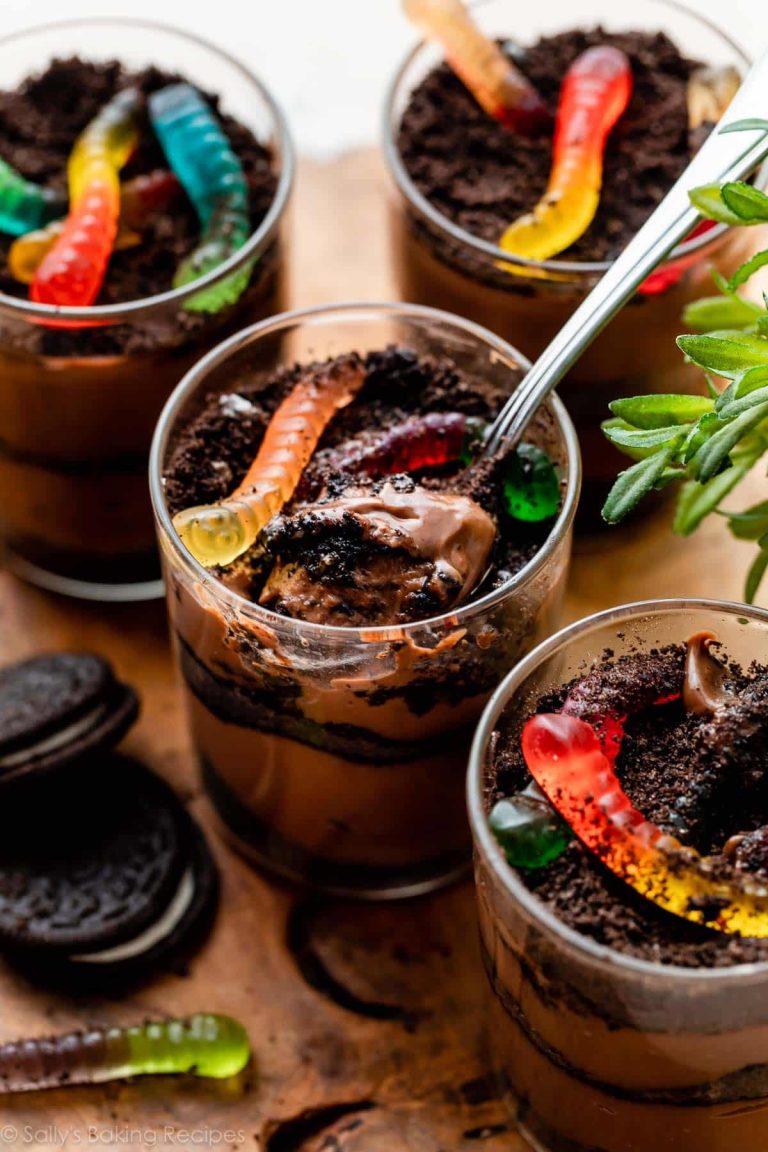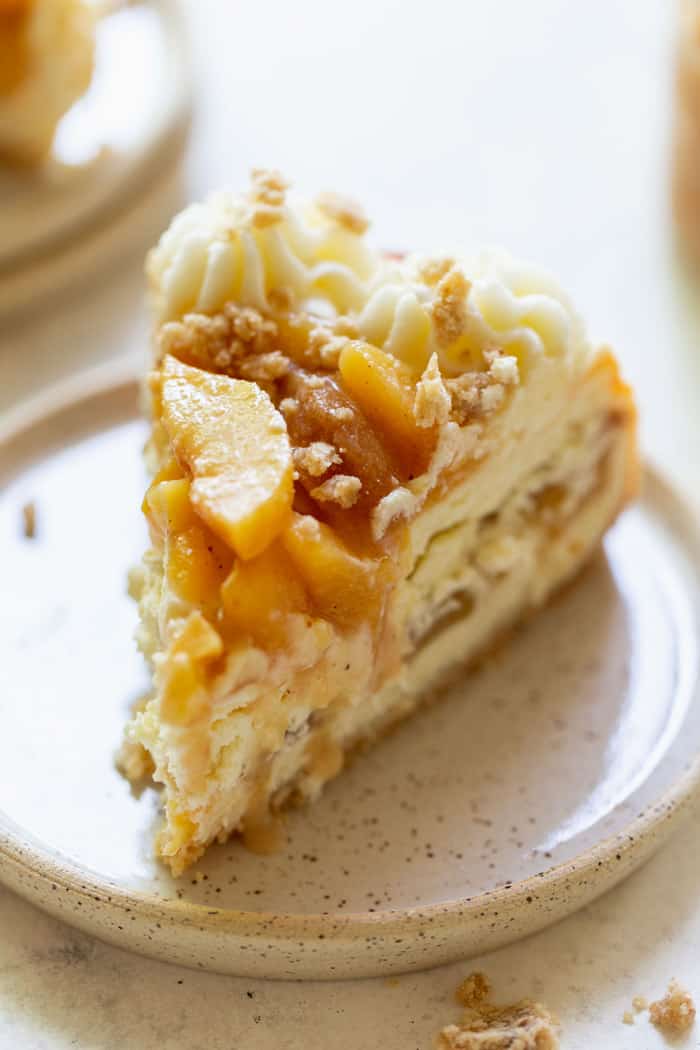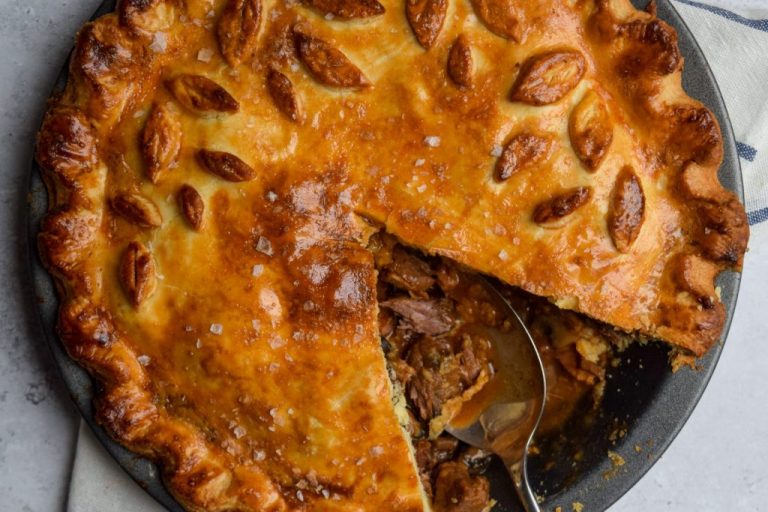Spanish Coffee: History, Recipes, and Top Cafes Around the World
Spanish coffee finds its roots in Spain but has been influenced greatly by other coffee cultures over centuries. Iberian Peninsula’s rich history, blending Roman, Moorish, and Christian traditions, contributed significantly to its distinct coffee culture. Spaniards are known for mixing coffee with various spirits, a practice seen in regions like Catalonia and Basque Country.
Combining coffee with spirits likely stemmed from Europe’s widespread alcohol-infused coffee tradition. Spanish coffee reflects the conviviality of Spanish gatherings, often served during social events and family gatherings. You can notice its influence in Spanish-speaking regions from Latin America.
Evolution Over the Years
Spanish coffee has transitioned from a simple coffee and alcohol mixture to a refined, artful beverage over decades. Initially, people used basic ingredients like coffee, brandy, and sugar. Over time, bartenders and coffee enthusiasts began experimenting, incorporating ingredients like Kahlua and triple sec to enhance flavors.
The presentation also evolved, with intricate techniques like flaming the drink to caramelize sugar rims, becoming popular. Despite modern variations, traditional recipes remain beloved. You’ll find that Spanish coffee continues to be a hallmark of Spanish hospitality, symbolizing warmth and cultural richness.
Key Ingredients in Spanish Coffee
Coffee Beans and Roasting Techniques
Spanish coffee relies on high-quality coffee beans, typically Arabica or Robusta varieties. These beans undergo specific roasting techniques that produce a rich, bold flavor. Arabica beans are known for their smooth and complex taste, while Robusta beans offer a more robust and bitter profile. You can opt for dark roasting to achieve a deep, intense flavor, which is common in traditional Spanish coffee. The roasting process affects the beans’ acidity and bitterness, creating a strong foundation for the drink.
Additional Flavors and Spirits
Spanish coffee’s distinctive taste comes from added flavors and spirits. Popular choices include Kahlua and triple sec. Kahlua, a coffee liqueur, introduces a sweet, rich flavor. Triple sec, an orange-flavored liqueur, adds a citrusy note. Sometimes, brandy or rum is used to enhance the drink’s depth. Sugar and spices, such as cinnamon and nutmeg, often complement these spirits. When you incorporate these ingredients, you create a multi-layered flavor profile that makes Spanish coffee unique and memorable.
How to Make Spanish Coffee
Traditional Recipe
The traditional recipe for Spanish coffee, also known as “Carajillo,” combines rich coffee, spirits, and sugar. To make it:
- Brew a strong cup of coffee using Arabica or Robusta beans.
- Warm one ounce of brandy or rum in a small saucepan.
- Dissolve one to two teaspoons of sugar in the warm spirit.
- Pour the spirit mixture into a glass.
- Add the hot coffee gradually.
The drink can be garnished with a slice of lemon or a few coffee beans to enhance presentation. Savor it as part of a leisurely gathering or after a meal.
Modern Variations
Modern variations of Spanish coffee include additional ingredients like Kahlua and triple sec:
- Brew strong coffee as in the traditional method.
- Combine one ounce of Kahlua, one ounce of triple sec, and an ounce of brandy or rum in a saucepan.
- Heat until warmed.
- Sweeten with one to two teaspoons of sugar.
- In a glass, pour the spirit mixture first, then add the coffee.
Some variations add whipped cream or a cinnamon stick for an extra layer of flavor. Experiment with these to create a personalized Spanish coffee experience.
Best Places to Enjoy Spanish Coffee
Famous Cafes in Spain
Explore famous cafes in Spain to experience authentic Spanish coffee. In Madrid, Café Gijón, established in 1888, offers a historical ambiance with its strong Carajillo and traditional décor. In Barcelona, Café de L’Opera, with its origins dating back to the 19th century, prepares exceptional Café Bombón in a grand setting. Valencia boasts the emblematic Horchatería Santa Catalina, where you can enjoy a rich Café del Tiempo in a picturesque environment.
International Spots Known for Spanish Coffee
Find international spots recognized for their Spanish coffee offerings. In New York, La Nacional, a cultural institution, serves classic Carajillo and modern variations, reflecting Spain’s vibrant coffee culture. London’s Barrafina provides an exquisite Spanish coffee experience with its unique Carajillo creations. In Sydney, Bodega 1904 blends tradition with innovation, presenting various Spanish coffee styles in a contemporary setting.
By visiting these renowned cafes, you’ll immerse yourself in the rich traditions and flavors that define Spanish coffee.
Conclusion
Exploring Spanish coffee opens up a world of rich history and unique flavors. Whether you’re savoring a traditional Carajillo or a modern twist, the experience is always memorable. High-quality ingredients and thoughtful preparation make each cup special.
Visiting renowned cafes in Spain or international spots known for Spanish coffee can deepen your appreciation for this sophisticated beverage. It’s not just about the drink; it’s about the culture and tradition that come with it.
So next time you’re in the mood for something extraordinary, consider indulging in Spanish coffee. You’ll not only enjoy a delicious drink but also connect with a vibrant cultural heritage.






